Gardening with herbs
Home grown herbs provide a constantly available source of fresh culinary flavouring, which can be used with a wide variety of foods. They are also attractive plants for the garden and are easy to grow.
In the garden
Herbs can be grown in their own part of the garden, preferably close to the kitchen door, or they can be mixed with other flowering plants. When grown at the edge of the garden within reach of passing hands, their evocative scents can be enjoyed when brushed and picked.
Ground covering plants such as thymes and chamomile can be grown between paving stones to release their fragrance when walked on.
Almost all herbs are hardy, tolerating adverse conditions and neglect better than most plants. (Although basil will not do well outside until the soil temperature is above 18 deg. C – best to grow this one in a pot). They grow best in sunny open positions and almost any soil types. Except for sorrel, all like alkaline conditions so a light dressing on lime in autumn and general fertiliser in spring will keep them nourished.
Herbs do well in pots and containers. Always use a good quality potting mix, and feed and water them regularly especially through their growing months. Regular picking will keep their size in balance with the container and stimulate fresh growth.
When planting herbs together, keep taller types at the back so they don’t overshadow the lower growing ones. Mint and tarragon will quickly overrun a garden so keep these restricted in their own pots, planted into the garden. The following list includes some favourite herbs and how they can be used in the garden:
Light shade:
Angelica, bergamot, chervil, lemon balm, lovage, mint, parsley
Hedging:
Lavender, rosemary, sweet bay laurel, pelargonium
Cascading:
Creeping rosemary, carpet thymes
Paving:
Roman chamomile, carpet thymes, pennyroyal
Fillers:
Bergamot, mint, sages, tansy, thymes, yarrow
Silver foliage:
Catmint, catnip, lambs ears, lavender, santolina, thyme
Edible flowers:
Bergamot, borage, calendula, nasturtium, pineapple sage
For bees:
The flowers of borage, chives, sage, thyme, marjoram, mint, oregano, catmint, rosemary, lavender.
Indoors
Herbs are accommodating little plants and a useful assortment can be grown if a sunny windowsill is the only space available.
The versatility of potted herbs makes them invaluable in any setting. And because they are movable, they can be readily shifted about to either follow the sun or keep in the shade. Growing parsley in the shade will delay flowering, making the leaves usable over a longer period.
Some herbs such as basil, dill and parsley can be raised from seed outdoors in summer and transplanted into pots in the autumn for wintering in the kitchen. They will not last indefinitely indoors so take fresh cuttings or divisions each autumn. Always use a quality potting mix to ensure plants produce their best.
Harvesting
The flavour and essence of herbs can be enjoyed long after summer has passed by harvesting and preserving them in several different ways. By observing a few basic rules, herbs can be harvested when their valuable qualities are at their best.
- Gather herbs early in the morning after the dew has dried and before the sun gets hot
- Never harvest damp herbs for storage as they quickly deteriorate
- Handle with care to avoid bruising the leaves
- Harvest and process one herb at a time to avoid flavours becoming mingled
- Culinary herbs such as basil, sage, parsley, thyme, chervil, coriander and salad burnet develop a bitter flavour when mature. Always use young leaves, harvesting them before flower stalks form.
- Medicinal herbs are better harvested at full maturity when oils and juices have developed to their maximum strength.
Drying is most suitable for twiggy shrubs such as thyme, sage, lavender and rosemary. Pick stems and tie small bunches of each herb with string or cotton and hang in a warm dry dark place which is well ventilated. Do not expose herbs to extremes of heat or light as they will likely turn brown and lose flavour. Lavender and rosemary hold their fragrance well when dried.
Freezing is better suited for herbs with tender leaves such as mint, basil, parsley, chives, fennel and dill if intended for cooking. If they are to be used within six weeks, they can be washed and frozen fresh from the garden. For longer storage, they need to be blanched. Freezer life is about six months.
In the kitchen
A small selection of fresh and dried herbs will enhance the simplest recipes throughout the year.
Tasty combinations to try:
- Beef – rosemary, savory, majoram, thyme
- Lamb - rosemary, savory, majoram, mint, dill
- Pork - rosemary, sage, majoram
- Veal - rosemary, savory, sage, lemon balm, lemon thyme
- Ham - parsley, sage, majoram
- Chicken – parsley, tarragon, thyme, majoram
- Duck - rosemary, savory, sage, thyme
- Fish – basil, chervil, chives, thyme, fennel, sage, dill, parsley
- Cheese – basil, caraway, chives, dill, majoram, mint, tarragon, thyme, sage
- Beans – savory
- Cucumber – mint, parsley, chives, dill
- Tomatoes – basil, mint, parsley chives
- Salads – basil, borage, chervil, chives, dill, fennel, lemon balm, mint, parsley, savory, tarragon
- Vegetables – basil, chives, fennel, mint, parsley, rosemary, savory
- Fruit – borage, lemon balm, mint, rosemary.
20-Jan-2017
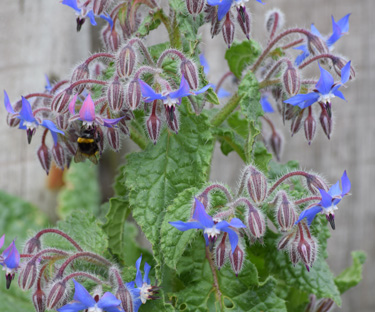
Borage
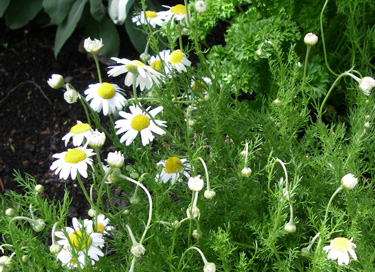
Roman chamomile
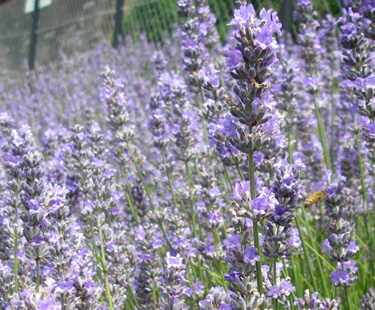
English lavender
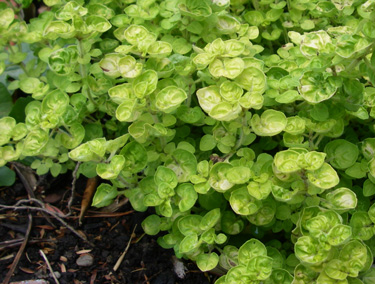
Golden majoram
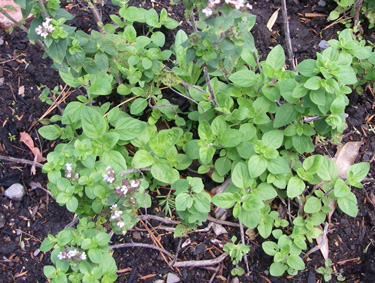
Oregano

Curly leaf parsley
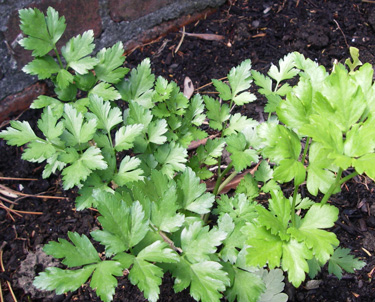
Flat leaf parsley
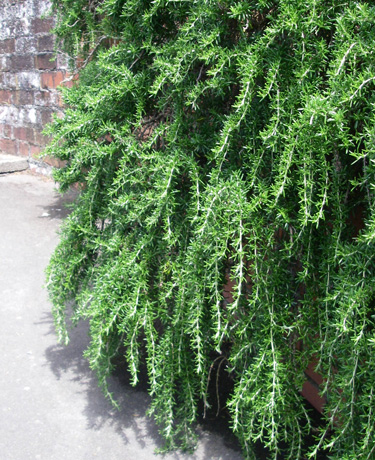
Trailing rosemary
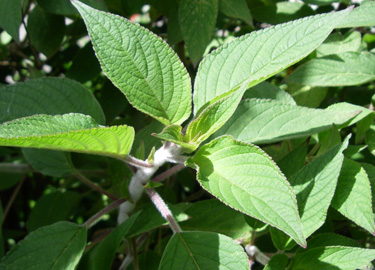
Pineapple sage
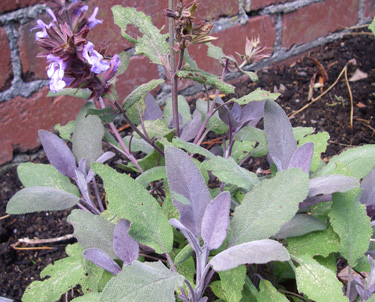
Purple leaf sage
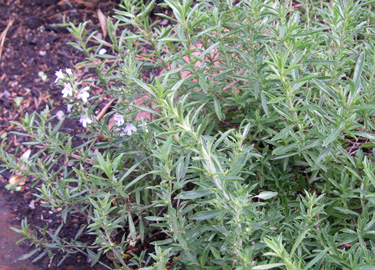
Winter savory
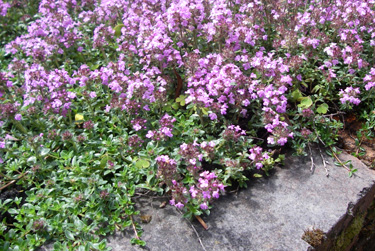
Carpet thyme

Silver thyme
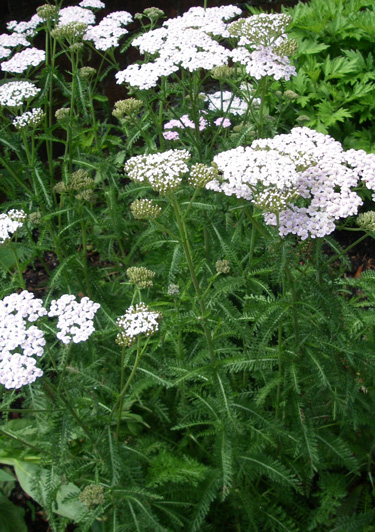
Yarrow


